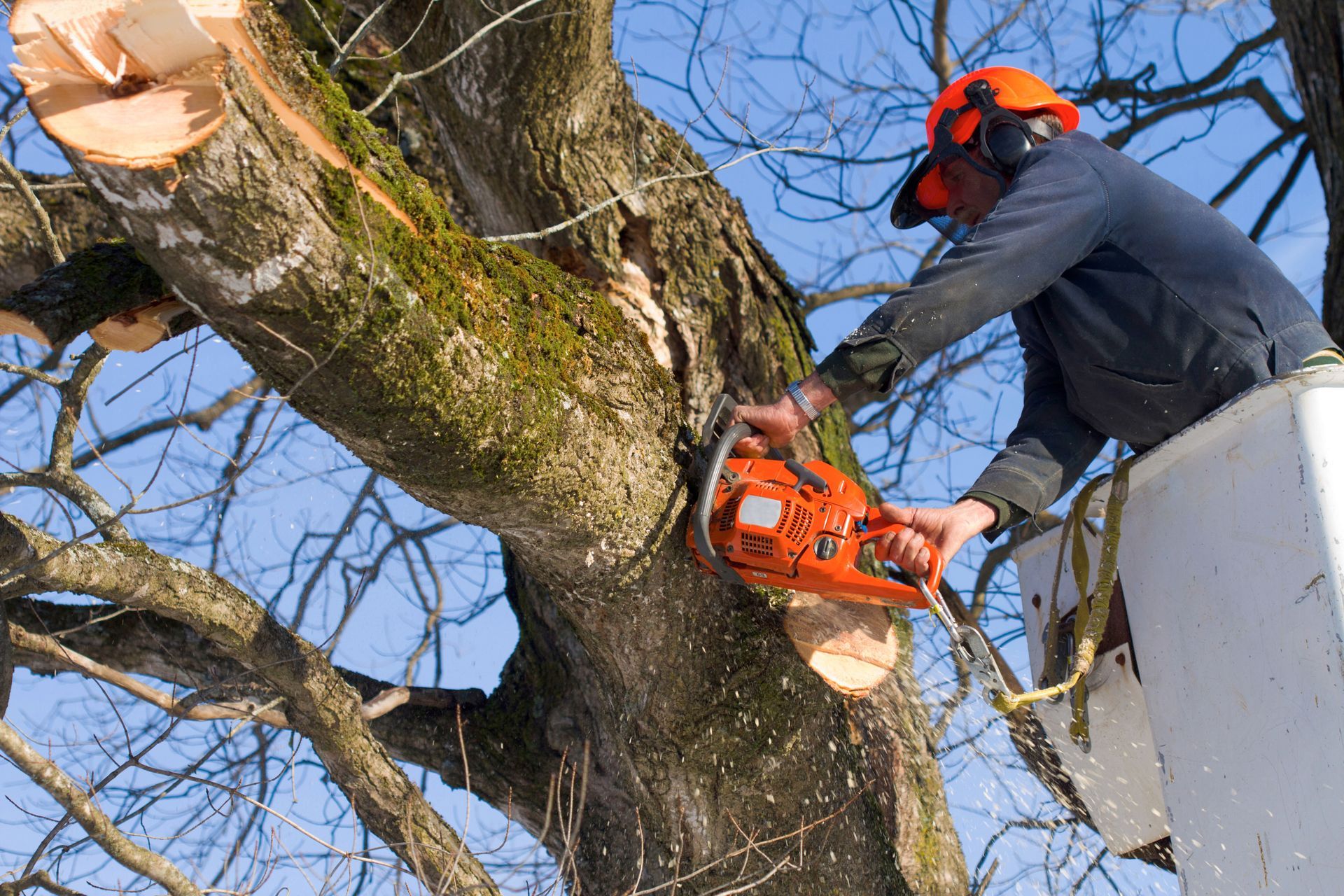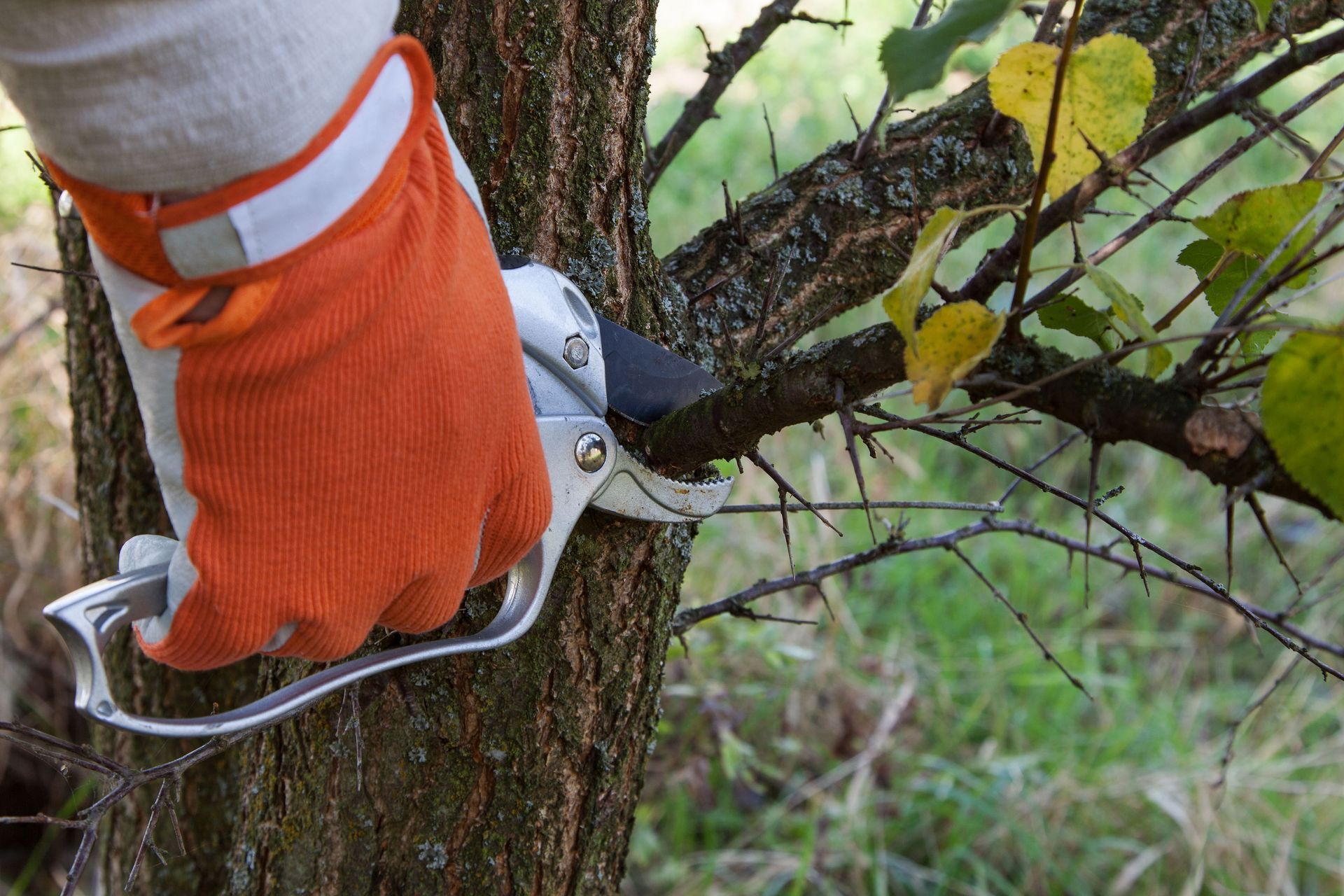Do Trees Get Sunburn in Colorado Springs?
Colorado Springs is a high-altitude city and the thin air means that there is less protection from the sun’s rays. Living in Colorado tends to call for a lot of sunscreen with the 300 days of sunshine and the thin air. But are trees susceptible to getting a sunburn by the intense Colorado Springs the sun?
What is winter sunscald and why does it matter in Colorado Springs?
During the winter deciduous trees lose their leaf canopy which leaves the bark of the tree more susceptible to the elements, especially the sun. Colorado has a high sun exposure rate and an arid climate with warmer days and colder nights in the winter. Sunscald is largely caused by wide changes in temperature. When the warm sun hits the tree’s bark during the day the heat causes it to expand, and when the temperatures drop and it becomes very cold at night, the bark contracts. This causes the outer bark of the tree to break away from the inner bark. This may cause the tree to lose some of its bark all together. This is more common in young trees and may also be referred to as drought stress.
What does sunscald look like?
Sunscald typically occurs on the southwest side of the tree where the sun hits the tree hardest. The tree is essentially being tricked by the warm Colorado sunshine during the day, and then those cells are killed at night when the temperature drops. Sunscald can be identified by cracking, peeling or discolored bark. There may be loose trunk wood on the southwest side of the tree and some bark may have fallen off.
Which trees are most vulnerable to sunscald?
Winter sunscald is most common on maple trees. It may also affect aspen, ash, honey locust, poplar, and fruit trees. Sunscald typically only affects deciduous trees. Young trees are much more susceptible to sunscald than older trees. Younger trees have softer, thinner bark so it becomes damaged more easily. As trees get older their bark becomes thicker and more course which gives them greater protection. Young trees, particularly new transplants need extra care to in preparation for winter so that they do not get sunscald. Trees are at the greatest risk in the colder months between December and March.
How to prevent sunscald on your tree.
The best way to prevent sunscald is to wrap the lower trunk of the tree as if you were putting an ace bandage on it. It is important to use light-colored materials because darker materials will only increase the heat from the sun. The wrap functions as an insulator, much like wearing a coat. This will moderate the temperature so that the bark is not as affected. Tree wraps can be purchased at most gardening stores but kraft paper or breathable light-colored fabric may be used as well. November is the best time to wrap your tree, and it is important to remove the wrap in April so that it does not interfere with the growth of the tree or encourage insects.
Summary
Trees in Colorado Springs are more susceptible to sunscald due to the warm winter days and the high altitude. Younger deciduous trees may need to be protected from the winter sun. This can be accomplished by wrapping the lower trunk of the tree and becoming educated about tree care in Colorado Springs.
Precision Tree is a Colorado Springs-based tree trimming and removal company that has been serving the area for nearly 20 years.




Share On: